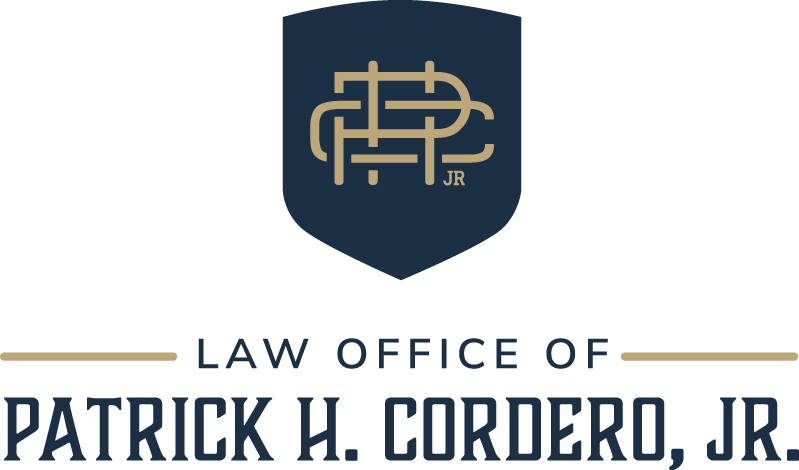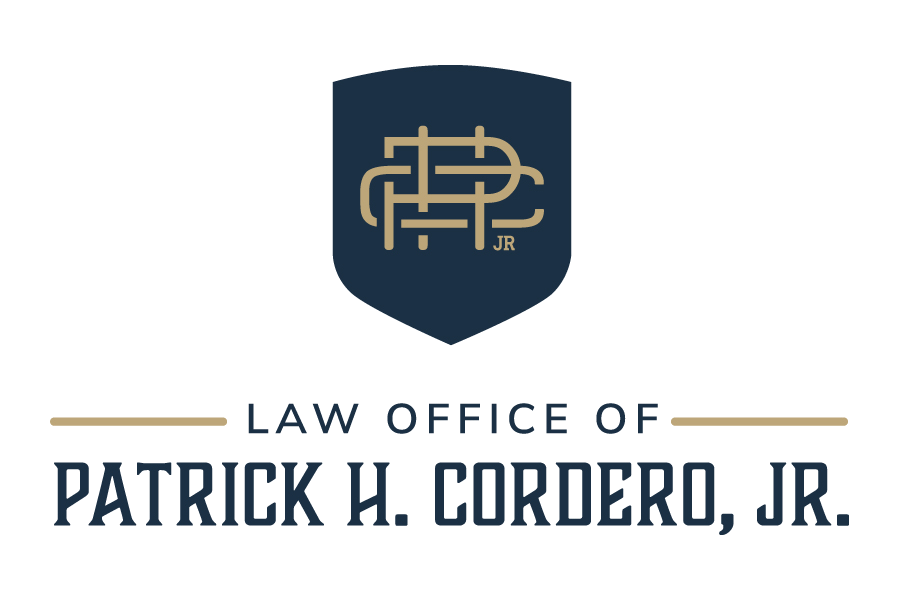What is Physical Custody in Divorce?
Child support is the cash that each parent sends to raise a child. It is based on both parents' earnings and the amount that each contributes. Courts determine the amount of child support based on both parents' incomes. The custodial parent would keep a portion of the money because of the child's needs. Find out more.
Courts are concerned not only with child welfare when determining joint physical custody, but also with the child's physical comfort and wellbeing. Although parents don't have to have equal time with their children, courts may require them to have a schedule. In order to prevent children from suffering from continuous conflict, courts may require that parents spend at least 40% or 60% of the time with each parent. Alternate weeks, months, and holidays may be mandated
Physical custody is crucial in a divorce because it determines where the child will live after the split. Joint physical custody is usually awarded, but a single parent may also request sole custody if they feel they would not be able to spend time with their child. Even if they are filing for divorce, parents should investigate every possibility.
A parent who spends the most time with a child is the primary physical custodian. If the child lives with both parents, joint physical custody is the best choice. Joint physical custody is usually preferred if the child lives with both parents. It helps to reduce the child's stress and keep their daily routine intact by keeping one parent close to the other. It is best if one parent lives near the other, so they do not have to change their schedules and keep the child apart. Read This.
A parent with sole physical custody may also have legal custody. Courts are unlikely to grant sole custody to a parent unless the other parent is unfit for the children. The child lives with the other parent most of the time, and the parent with primary physical custody is regarded as the child's primary residence. If the other parent receives joint physical custody, there is an equal chance that the child will live with him or her. In some states, sole physical custody is the preferred option.
A temporary physical custody decision made in conjunction with joint legal custody is final. If one parent wants to modify the arrangement or the judge makes a new decision, the change must first be approved by the court. The parties may not change the order themselves; they must instead file a stipulation or an order requesting the change. The noncustodial parent will have visitation rights as a result of the custody order. The process for changing the custody order may begin before it is obtained.
The judge considers several factors when making custody decisions, including whether the child prefers one parent over the other and which parent has cared for the child the most. A parent with substance dependence issues, mental problems, or other issues that make it difficult to care for the child might seek physical custody in the child's interest. After interviewing the child, the attorney for the child will argue for the child's best interests at court.





